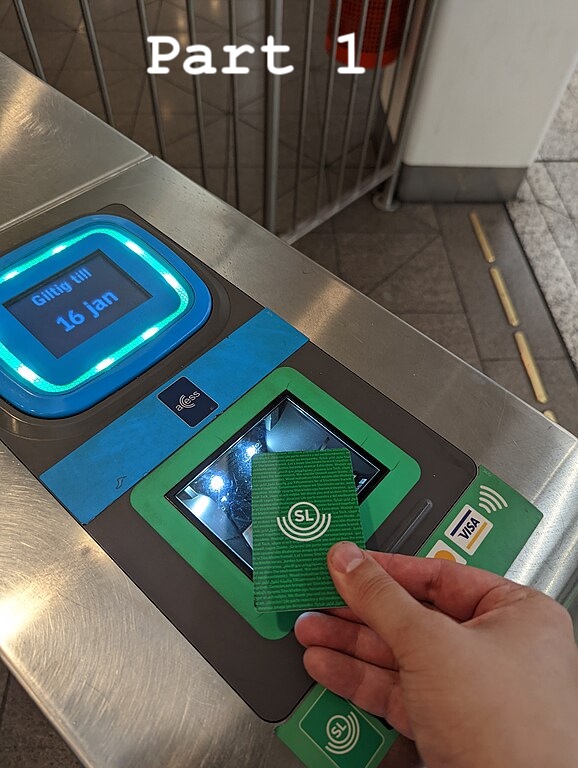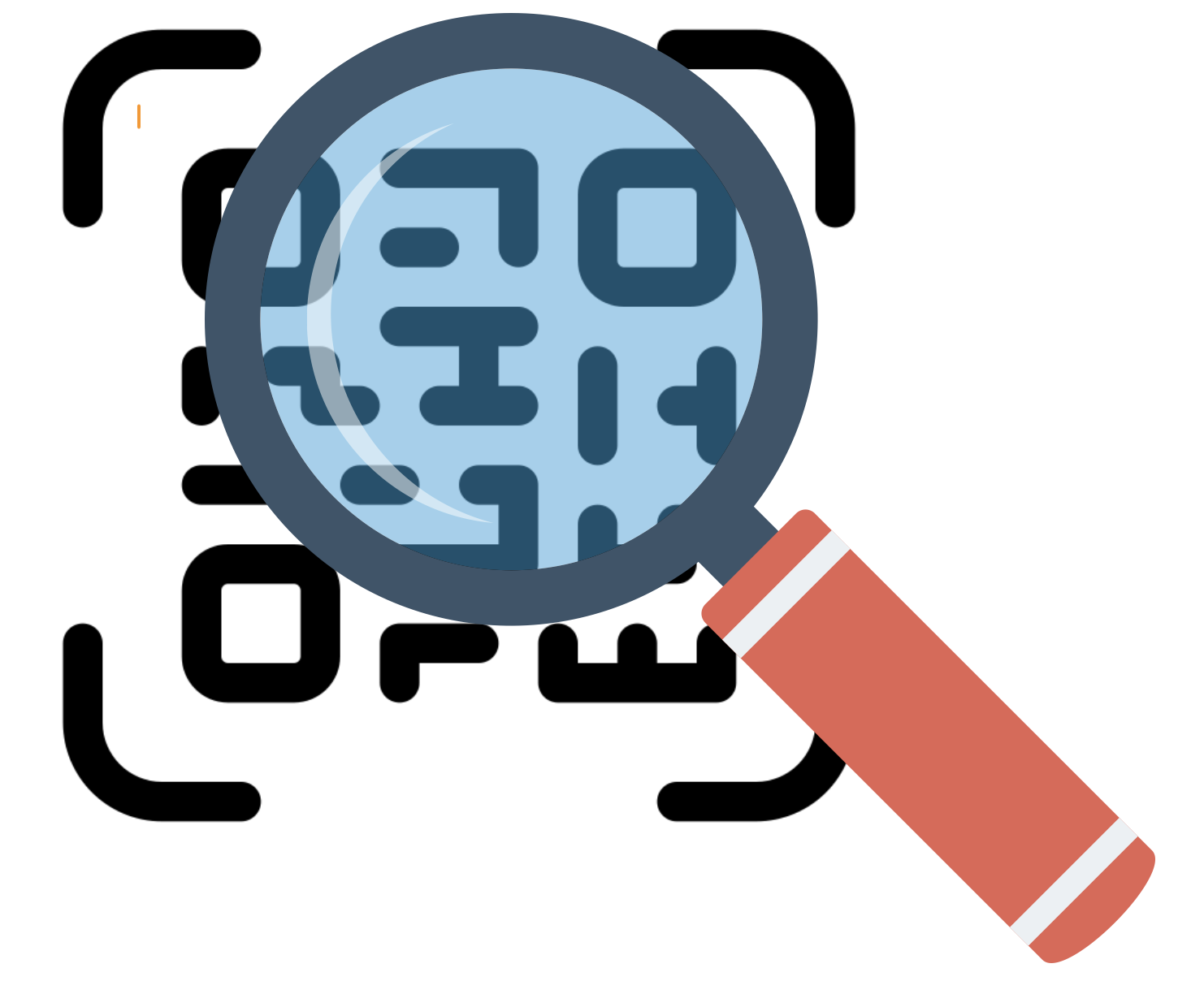
Part 1 - QR, EMV and Fare Collection
The success of QR-based, realtime, account-to-account payment systems in Asia is remarkable. It introduced a long-overdue element of healthy competition into the payment industry that was dominated by banks and their card payments (domestic as well as Visa/MC).
However, contactless EMV gives traditional payment systems two huge advantages that cannot easily be overcome by the new QR systems: fast, tap-and-go style transactions and account-based ticketing in automated fare collection systems.
In this article, I am trying to explain why EMV is so suitable for mass transport ticketing. In the next article, I will then cover three topics:
-
Can and should QR codes be used for fare collection?
-
Is EMV technology the only solution for account-based ticketing?
-
Can (and should) the new players just pick and choose the parts of EMV that they need for mass transport ticketing?

QRPh Part 4 - What is in the QR Code?
In part one of the QRPh series I looked at the history of QR payments in the Philippines, in part two I described how a transaction might be processed, and in part three I was writing about the EMV roots of QRPh. In the fourth part, I dissect the data of a dynamic merchant-presented QR code.
The QR Code was presented by a payment terminal for a retail transaction at a department store in Makati. It worked with the QRh payment function of my BPI banking application.
